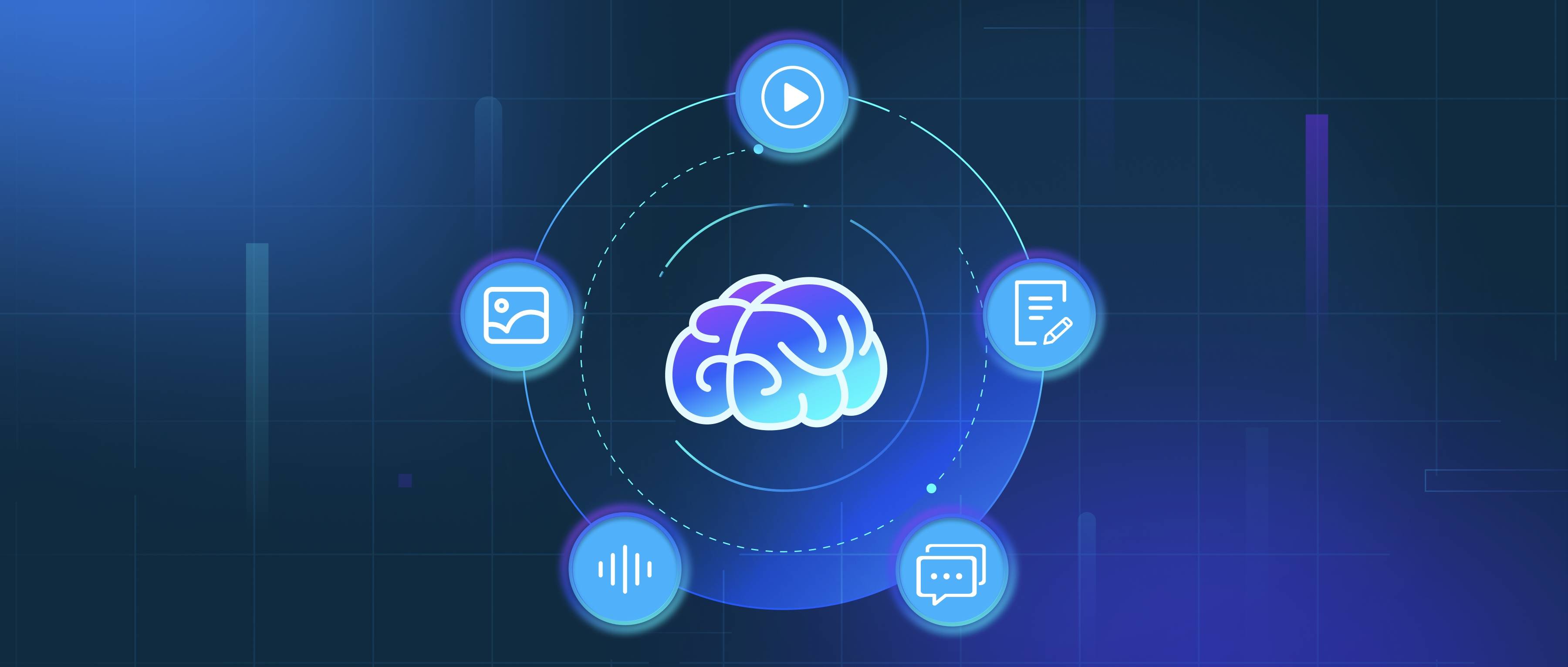Larger models are not always better, as their performance depends on the task, data quality, and computational resources. Larger models, with more parameters, typically perform better on complex and diverse tasks because they can learn finer-grained patterns in data. For instance, GPT-4 outperforms GPT-3 on many benchmarks due to its larger size and richer training.
However, larger models come with drawbacks, such as increased training and inference costs, higher latency, and greater energy consumption. For simpler tasks or resource-constrained environments, smaller models like DistilBERT or fine-tuned versions of larger models often provide sufficient performance at lower costs.
Techniques like distillation, pruning, and quantization help balance size and efficiency by reducing model complexity while preserving performance. The best choice of model size depends on the specific requirements, including task complexity, latency constraints, and deployment environment.
